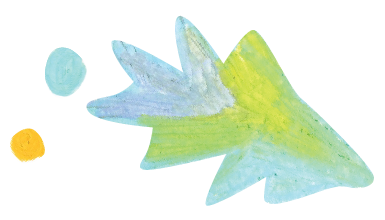Library
-
Desoxycorticosterone pivalate (DOCP) (brand name Percorten-V®, Zycortal®) is a steroid hormone replacement therapy used to treat primary hypoadrenocorticism (Addison’s disease) in dogs. Extra-label (off-label) lower dosages of DOCP (i.e., lower dose, longer dosing interval, or both) can be used to control the balance of blood electrolyte levels. DOCP has also been used extra-label to treat hypoadrenocorticism in cats.
-
Dexamethasone is given on and off label, by mouth or injection, to treat various inflammatory, autoimmune, and adrenal gland conditions. It can also be used off label as a diagnostic test. Common side effects include increased drinking, urination and/or appetite, dull/dry haircoat, weight gain, pot-bellied appearance, muscle weakness, panting, vomiting, or diarrhea.
-
Dexamethasone ophthalmic is a topical steroid medication used to treat inflammatory eye conditions in cats, dogs, rabbits, avian species, and other animals. Dexamethasone ophthalmic may be used alone or in combination with an antimicrobial. Dexamethasone ophthalmic comes in ointment and liquid drop form. Avoid use in animals with corneal ulcerations or corneal infections.
-
Dexamethasone Otic is a steroid medication used in pets to treat topical inflammation of the ears, often with other medications such as antibiotics. It comes as a liquid solution that is prescribed for topical use within a pet’s ear canal. There are no veterinary brands of dexamethasone otic.
-
Dexamethasone is used to test the level of cortisol hormone in the body. Injection of dexamethasone will cause a decreased level of cortisol in a normal pet; however, in a pet with Cushing's disease, there is minimal or no decrease in cortisol level. Other diseases can suppress cortisol production, so it is important to rule these out prior to dexamethasone testing. Knowing the type of Cushing's disease your pet has can guide treatment decisions and offers a more defined prognosis.
-
Dexmedetomidine is a sedative/tranquilizer used primarily in cats and dogs as a pre-medication injection for anesthesia or for chemical restraint. It is also used orally in dogs for short-term anxiety management. The most common side effect is a low heart rate. Dexmedetomidine should not be used in patients with severe heart liver or kidney disease. It should be used cautiously in young, old, or weak animals. Consult your veterinary office immediately if you suspect a negative reaction or overdose.
-
Dextromethorphan is given by mouth and is used off label to treat compulsive behaviors and occasionally used to treat cough. Side effects are uncommon but may include vomiting, diarrhea, decreased appetite, sleepiness, drooling or anxiousness. Do not use in pets that are allergic to it.
-
Dextromethorphan + Guaifenesin is given by mouth as a tablet and is used off label to reduce cough in dogs and cats or to treat compulsive behavior. Side effects are uncommon, but serious adverse reactions associated with this drug may occur without warning. Contact your veterinarian if you notice anything out of the ordinary.
-
Testing for diabetes includes confirming hyperglycemia and glucosuria while looking for other conditions by taking a complete blood count (anemia, infection), biochemistry profile (hepatic disease, pancreatitis), and a urinalysis (urinary tract infection). Monitoring includes regular glucose curves and additional exams and testing based on the pet owner's monitoring of their cat's clinical signs at home. Urine glucose testing and fructosamine are sometimes used in diabetic monitoring and urine testing for infection may be recommended.
-
Diabetes insipidus is rare in cats and is characterized by excessive drinking and the production of enormous volumes of extremely dilute urine. Despite drinking large volumes of water, the cat can become dehydrated from urinating so much. Increased drinking and urination are common signs of several other health conditions, so it is essential that several diagnostic tests be performed to diagnose diabetes insipidus. While the condition is rarely curable, it is usually successfully controlled.

